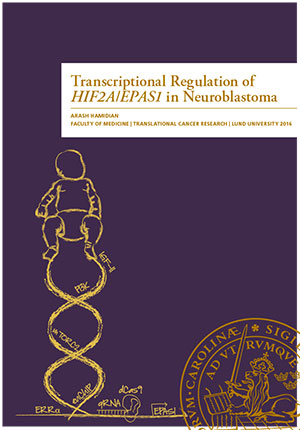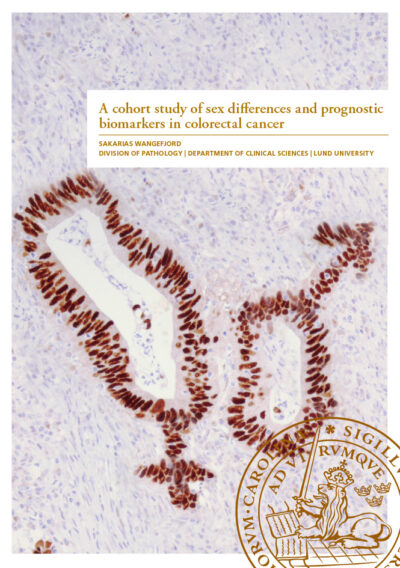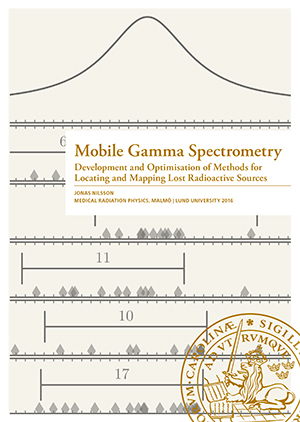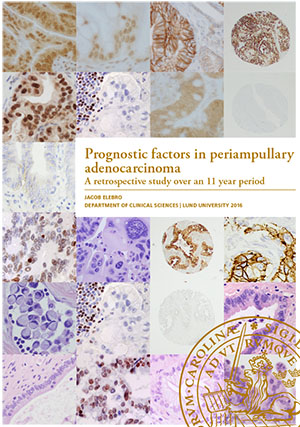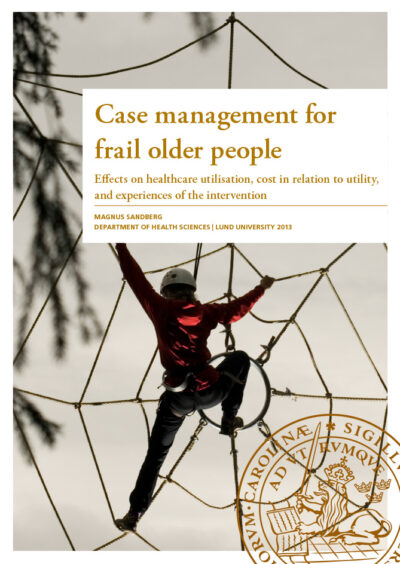Transcriptional Regulation of HIF2A/EPAS1 in Neuroblastoma
Arash Hamidian
161 kr
Beskrivning
Neuroblastoma is a childhood tumor of the developing sympathetic nervous system (SNS) and is the most commonly diagnosed form of cancer in children before one year of age. Although survival curves have improved for these patients during the past decades, the conventional regimen of neuroblastoma treatment has clearly reached a plateau of efficiency with regard to increasing the survival rates of high-risk children.
In a subset of peri-vascularly located immature neural crest-like neuroblastoma cells, aggressiveness and growth promoting charasteristics have been reported to be instigated by HIF-2α, a key element of the oxygen-sensing machinery.
We herein, report that in spite of what the current paradigm recognizes, HIF-2α is transcriptionally regulated at hypoxia by the insulin-like growth factor II (IGF-II) via the PI3K-mTORC2 axis independent of Akt-mTORC1 signaling. In addition, expression of IGF-II and HIF-2α correlates in neuroblastoma cell lines, tumors and in sympathetic neuroblasts during embryonic week 6.5, but not later, suggesting that these IGF-II and HIF-2α expressing neuroblastomas originate from sympathetic pre-ganglia at developmental week 6.5 or earlier.
We establish that IGF-II-induced HIF2A/EPAS1 expression during hypoxia is due to de novo transcription and further present the estrogen-related receptor alpha (ERRα) transcription factor as a positive regulator of HIF2A.
Using the novel CRISPR/Cas9-based enChIP technology in combination with SILAC-MS, we have isolated and identified potential regulatory proteins bound to the HIF2A promoter at normoxia and hypoxia.
In summary, we have identified, and at the molecular level characterized, signaling pathways and specific factors through which oncogenic HIF2A activity is regulated and may be targeted. As high HIF-2α expression is associated with disseminated neuroblastoma disease and neural crest-like phenotype, these new findings hold promise for targeting this subset of aggressive neuroblastoma cells
Ytterligare information
| Vikt | 326 g |
|---|---|
| Storlek | 9 × 169 × 239 mm |
| Språk | Engelska |
| Antal sidor | 146 |
| Publikationsår | 2016 |
| Bandtyp | Häftad |
| ISBN | 978-91-7619-247-4 |
| ISSN | 1652-8220 |
| Volym | 2016:21 |

